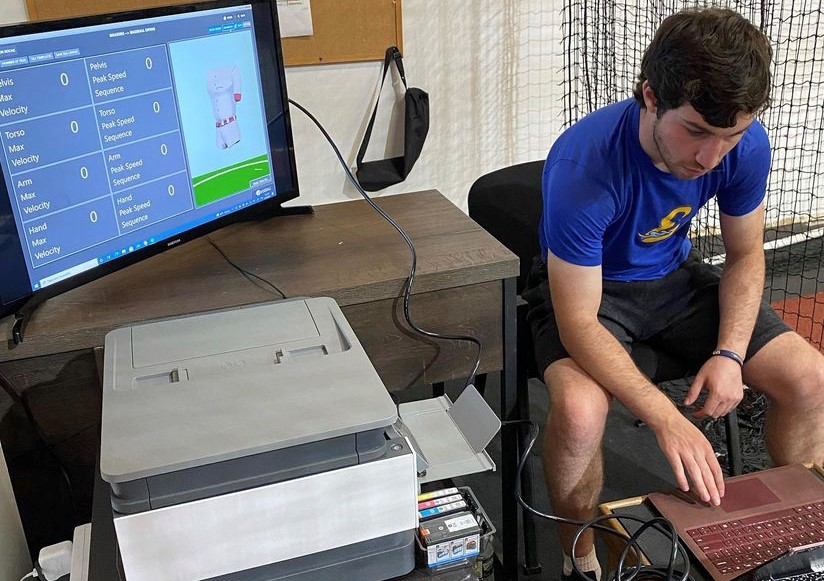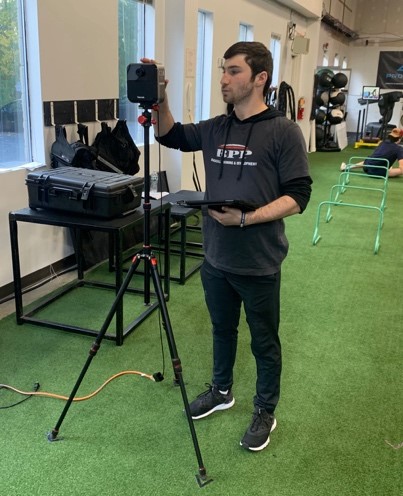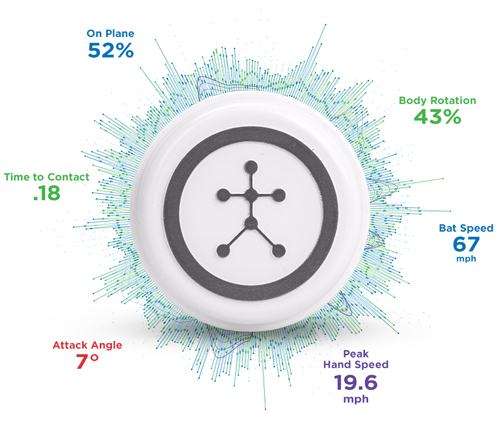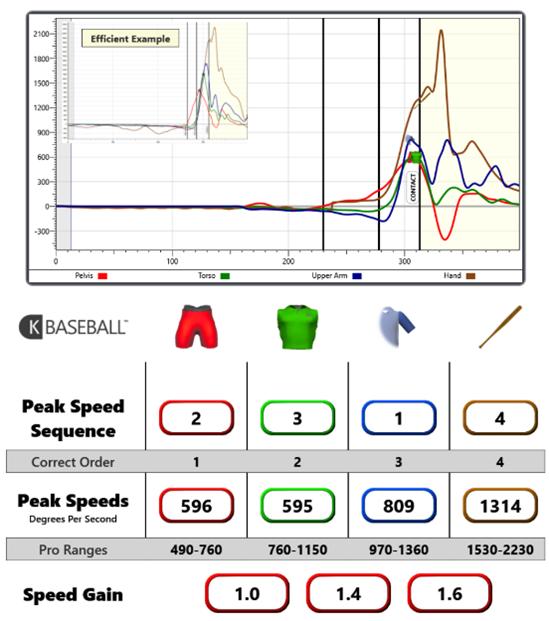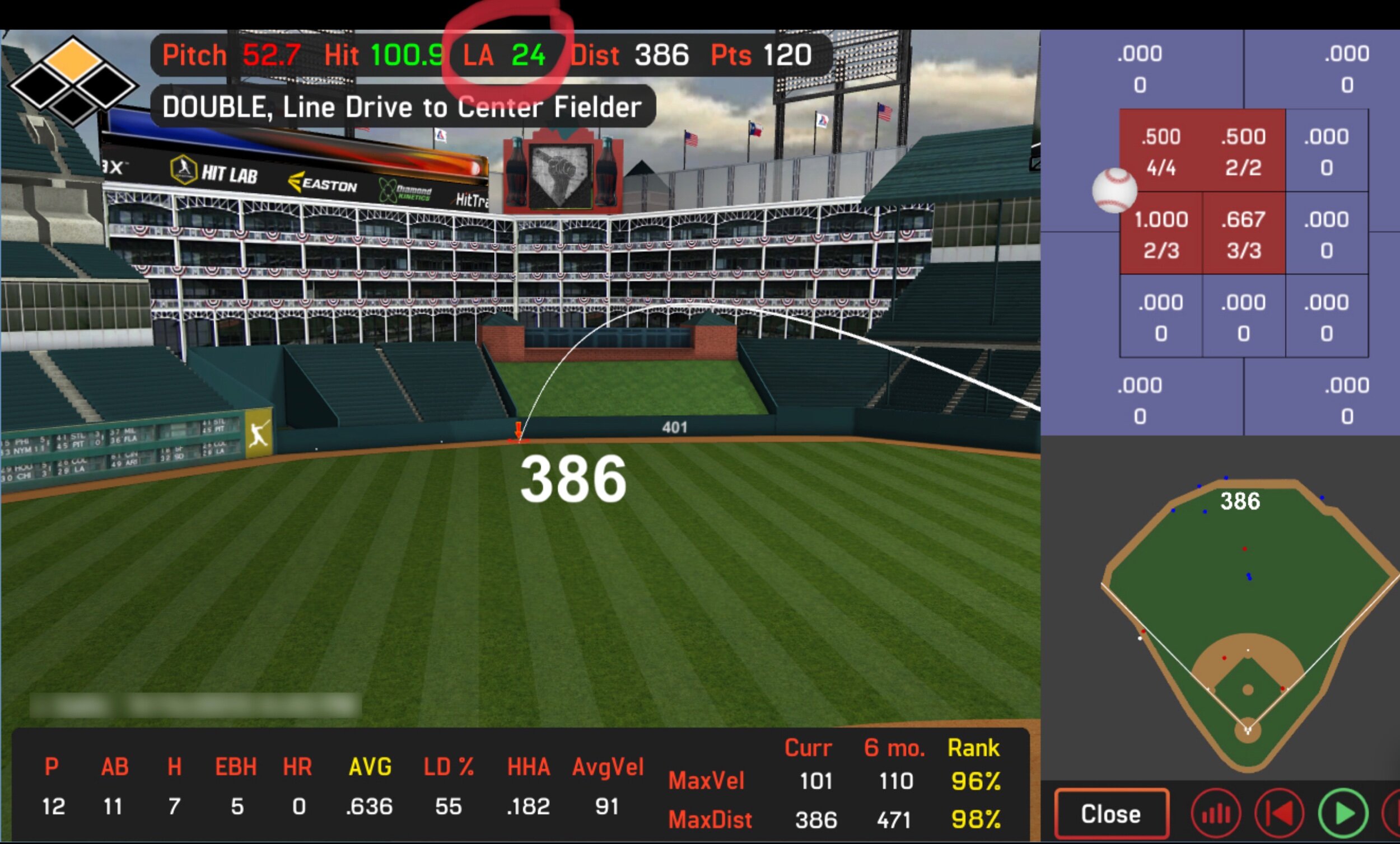I joined RPP Baseball as a Data Intern this past September, and was very excited about the opportunity to learn all of the different aspects of applying technology to training pitchers and hitters. Little did I know how all-encompassing it would be. The process of working and training daily with the latest technology has proved to be an amazing experience for my personal development as a professional in this industry. Whether I am working with Rapsodo Pitching, Rapsodo Insight, Blast Motion, HitTrax, K-Vest, or assisting with our bio-mechanist on a full blown Qualisys motion capture system, I am amazed at the impact that data and technology can have on player progression and talent maximization. I decided to write this article, not only to summarize how much I have learned in this position, but also to help provide a road map for all those that may come after me.
RPP’s Data Intern position covers a wide range of tasks and projects, both player-facing and front office-facing. I have broken up my responsibilities into pitching and hitting development, as I have spent an enormous amount of time on both sides working with and becoming well-versed in various technologies.
Developing athletes at RPP means leaving nothing to chance. Data is collected everywhere, from inside to outside the nets, including the weight room. Although I have participated in data aggregation and processing from inside the weight room (Jump Mats, VBT and Proteus Motion data for power output analysis), for the purposes of this article I am going to stick with pitching and hitting-related applications.
Pitcher Development
At RPP, from a technology standpoint, pitchers are evaluated using:
-
- Stream Pix Video Analysis (4-camera video system)
- Qualisys Motion Capture System
- Rapsodo Pitching (pitch characteristics)
- Rapsodo Insight (ball release visualization)
Video Analysis and Review
Every pitcher in the program goes through a complete mechanical breakdown using the 4-camera video system. The system records simultaneously so we can observe a delivery from all angles, including front, sides and overhead. The analysis is a step-by-step review, including many topics such as linear momentum, glove-side integrity, lead leg positioning, and trunk flexion.
Qualisys Motion Capture System
For older and more physically mature pitchers, we perform a full motion capture analysis which entails a 10-camera system with complete bio-mechanics software. In my initial hands-on experience with this system, I have assisted in a variety of ways including helping with calibration prior to use and attaching reflective markers to our athletes.
Rapsodo Pitching
It can be said that Rapsodo serves as a litmus test for pitchers, allowing us to standardize their arsenals and compare / contrast athletes of all levels. Using metrics such as velocity, spin rate, spin efficiency, spin direction, gyro degree, and release point, we are better able to understand each athlete’s repertoire and create an efficient roadmap to the big leagues. Additionally, with the inclusion of movement charts, we can evaluate how each pitch type plays off the others, providing significant aid in pitch design.
For instance, we see a number of pitchers who believe that they possess four unique offerings, but their data indicates that two of their pitches move too similarly (and therefore, they only possess three). Working with Rapsodo we can take this information and use it as a reference point in their development. For example, if a pitcher lacks differentiation between their 4SFB and Sinker, it is usually an indication that there is not a wide enough gap between the spin axes of those two pitches. Ideally, we would be able to create a 30-65 minute gap between the two. So, if the 4SFB has a spin axis of 1:30, we would like to get the spin direction on the Sinker closer to 2:15 – 2:30. This will allow the Sinker to have more lateral movement and less vertical break than the 4SFB.
Rapsodo Insight
Rapsodo Insight is a high-speed camera (similar to an Edgertronic camera) that produces slow-motion video to help observe ball release, hand position, and finger pressure / involvement. We can pair this camera with our Rapsodo Pitching Unit in order to upload well-organized data and video to the cloud for each individual pitch that was thrown during a session.
This quick and easy access to video enables athletes to get a true “feel” for their release, and allows coaches to use cues to induce real-time adjustments that can be closely monitored from pitch-to-pitch. As shown below, Rapsodo Insight video displays pitch metrics as well, giving us all the information that we need in one single location. If you’re working on pitch design, the combination of both data and visuals is extremely valuable and can help expedite the player development process.
Player Development (Hitting)
Like pitching, developing hitting at RPP means incorporating data into the process. It entails:
-
- Blast Motion – Swing Analysis
- K-Vest – Kinematic Sequence
- HitTrax – Batted Ball Results
Blast Motion
With our hitters, Blast Motion sensors provide 10 pre-contact metrics on each swing consisting of on-plane efficiency, attack angle, early connection, connection at impact, bat speed, rotational acceleration, vertical bat angle, time to contact, peak hand speed, and power.
These metrics are then used to generate a Plane Score (measures the degree to which your swing is on plane and the angle you make contact relative to the horizontal), a Connection Score (measures what your body and your bat are doing prior to and at the point of contact), and a Rotation Score (measures how well you build bat speed through proper sequencing).
Although Blast provides 10 different metrics, we generally zero in on a few as the primary topics, including:
-
- Attack Angle
- Rotational Acceleration
- Bat Speed
- Connection metrics
Although all are relevant, one of the most important metrics calculated by Blast is rotational acceleration, which measures how quickly your bat accelerates into the swing plane. Players with higher rotational acceleration scores have the potential to create higher power outputs at contact and have more time to make a decision at the plate. We would expect a player with poor rotational acceleration to begin to struggle against increased velocity if unaddressed.
K-Vest
In addition to Blast Motion, K-Vest allows us to understand how a particular hitter’s body moves over the course of each swing. By attaching sensors to the pelvis, torso, lead arm, and lead hand, we can take a deep dive into the athlete’s kinematic sequence, along with each part of the body’s bend, side bend, and rotation at heel strike, first move, and point of contact.
When analyzed correctly, this data allows us to determine:
-
- How efficiently a hitter creates speed and power up the kinetic chain
- Measure and evaluate angular velocities from the ground up
In addition, depending on their sequencing, you can also review
-
- How well they can adjust to pitches in different parts of the hitting zone
- Which specific movements may increase the probability of injury?
For example, if we notice that a hitter has beyond 27 degrees of negative torso rotation at heel strike, it indicates that their upper half will most likely “jump the sequence.” The insufficient use of their lower half, which typically coincides with a compensating move by the lead-arm, leads to a leakage in kinetic energy.
HitTrax
In terms of the visualization of metrics and data, HitTrax is an invaluable tool for hitters to observe the tangible impact of their mechanical adjustments in real time in a cage setting. Essentially, HitTrax uses pitch location, point of impact, and exit velocity to display a digital rendering of real-life game action.
Batted ball events based on the hitter’s contact metrics are instantly simulated for virtual fielders (whose range is based on the hitter’s age / level-of-play) to defend. This way, for example, instead of simply trying to explain the effects of the wide-angle front toss drill we assigned to a player with an extremely low attack angle, we can show them how their hard-hit ground balls to the second basemen are now turning into gappers.
The system also provides individual batted ball metrics (ex. exit velocity and launch angle) along with session-wide statistics, including but not limited to average exit velocity, hard-hit average, and line drive percentage (allowing us to easily track trends across sessions). Once again, HitTrax is another example of how getting instant feedback on batted ball data can help speed up player development.
Closing Comments
The amount of data that is available to baseball players these days is extremely valuable and perhaps overwhelming. This generally means that it needs to be distilled and communicated in a way that helps a player’s developmental process.
Having the right people in the organization that know not only how to operate all the various technologies, but who also know what to look for and how it should be applied is crucial. An athlete can easily become lost with all this new input.
Coaches need to have a thorough understanding of the latest technology and be able to communicate the information through simplified language so that athletes can both comprehend and apply the information. Fortunately for myself, I have been able to serve as a sponge from some of the best minds and communicators in the game, and I look forward to using this acquired knowledge in my future endeavors.
By Noah Landow (Data Intern at RPP Baseball)
For resume please click here
Enter your email below to be added to our email list!

